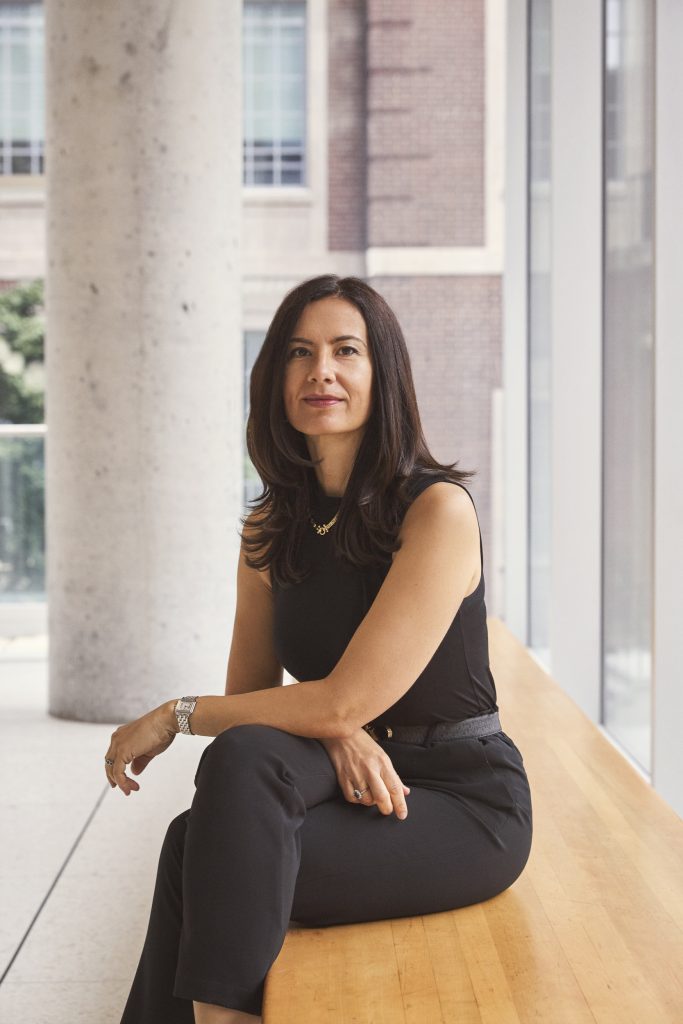 The Chemical Institute of Canada (CIC) spoke with Dr. Milica Radisic, a pioneer in organ-on-a-chip technology and co-founder of two biotech companies TARA Biosystems, which develops human heart-on-a-chip platforms for safer, faster drug testing, and Quthero, which focuses on regenerative wound healing therapies. Her work creates miniature living tissues that beat like hearts and respond to drugs like real organs, bridging the gap between laboratory discovery and life-saving medical innovation.
The Chemical Institute of Canada (CIC) spoke with Dr. Milica Radisic, a pioneer in organ-on-a-chip technology and co-founder of two biotech companies TARA Biosystems, which develops human heart-on-a-chip platforms for safer, faster drug testing, and Quthero, which focuses on regenerative wound healing therapies. Her work creates miniature living tissues that beat like hearts and respond to drugs like real organs, bridging the gap between laboratory discovery and life-saving medical innovation.
CIC: Thank you so much for sitting down with us. We wanted to know what first drew you to organ-on-a-chip technology?
Dr. Milica Radisic: The sheer potential to make human biology more accessible in a dish. Early in my career, I realized we were relying far too heavily on animal models that don’t fully reflect human physiology. Organ-on-a-chip bridges that gap by combining microfabrication, stem cell biology, and materials science to build functional tissues that can contract, beat, or metabolize drugs like native organs.
CIC: That’s fascinating. Was there a moment when you realized this was the path you wanted to pursue?
Dr. Radisic: Absolutely. The “wow” moment came when we first saw engineered cardiac tissues beat in response to electrical stimulation. It wasn’t just that they were beating—we could guide their development into more mature, physiologically relevant behavior. That’s when I thought: this could change drug development.
CIC: Speaking of electrical stimulation, can you describe what that looks like in the lab?
Dr. Radisic: We grow cardiac tissues between flexible wires that act as both anchors and sensors, then apply paced electrical pulses—a workout regimen for the heart. The cells align, form sarcomeres, and develop stronger contractions. With stimulation, tissues become mature enough to model adult-onset cardiac disease or predict how a human heart will respond to drugs.
CIC: Why is that maturity such an important step?
Dr. Radisic: Because maturity matters. Immature cells don’t respond to drugs or disease the same way as mature ones. Without stimulation, tissues might beat, but they won’t mimic real-world function. With stimulation, we can model patient-like physiology much more accurately.
CIC: Beyond the lab, you’ve also co-founded two companies. How was that transition from academia to business?
Dr. Radisic: Humbling. In academia, you can explore ideas for curiosity’s sake. In business, every experiment carries a dollar sign, and the clock is always ticking. But it’s also deeply rewarding. Seeing something developed in the lab become a product that impacts people is incredibly motivating. Founding TARA and Quthero showed me the power of building teams across science, business, and regulation.
CIC: That must have been a learning curve. What advice would you share with young researchers interested in startups?
Dr. Radisic: Don’t wait until your idea is perfect—start talking to people early. Get feedback from industry, investors, and regulators. Be prepared to pivot; science and business rarely follow a straight line. And always keep your “why” in mind. Entrepreneurship is tough but knowing you’re building something that can help people makes the journey worthwhile.
CIC: You’ve also mentored countless students. From your perspective, what makes someone stand out early in their career?
Dr. Radisic: Curiosity, resilience, and follow-through. It’s easy to get excited at the start of a project, but those who troubleshoot and persist when things fail rise above. Communication is also key science needs strong storytellers. I also remind students that being a scientist is more than a career; it’s a lifestyle.
CIC: What continues to excite you in your own research?
Dr. Radisic: There’s still so much we don’t know about tissue healing and regeneration. I’m especially interested in integrating immune and vascular components into organ-on-a-chip systems to better model the body’s response to therapies.
CIC: Are there big questions you’re still chasing?
Dr. Radisic: Definitely. How can we model personalized responses to therapy with patient-derived cells? How do we make these systems scalable enough for clinical decision-making? And how can automation and AI help us create vascularized organoids and organs-on-a-chip? Those are the next frontiers.
CIC: Let’s turn to the CSChE 2025 conference. How did you first connect with the Chemical Institute of Canada?
Dr. Radisic: Through colleagues and conferences early in my career. CIC brings together chemistry, engineering, and biology—which is exactly where I live scientifically.
CIC: What are you most looking forward to at CSChE 2025?
Dr. Radisic: Connecting with the next generation of researchers and learning from peers across chemical and biomedical engineering.
CIC: Finally, can you give us a sneak peek of your plenary talk?
Dr. Radisic: I’ll be speaking about translating engineered tissues into commercial platforms—how fundamental discoveries become usable technologies. I’ll also share our efforts to incorporate automation and AI into vascularized tissue assembly. I hope the audience walks away energized about the translational power of engineering and the opportunities to impact health.
Dr. Radisic’s plenary at CSChE 2025 in Montréal showcased how engineered tissues are being translated into commercial platforms. By highlighting the role of automation and AI in vascularized tissue assembly, she left the audience inspired about the future of chemical and biomedical engineering and its impact on human health.
